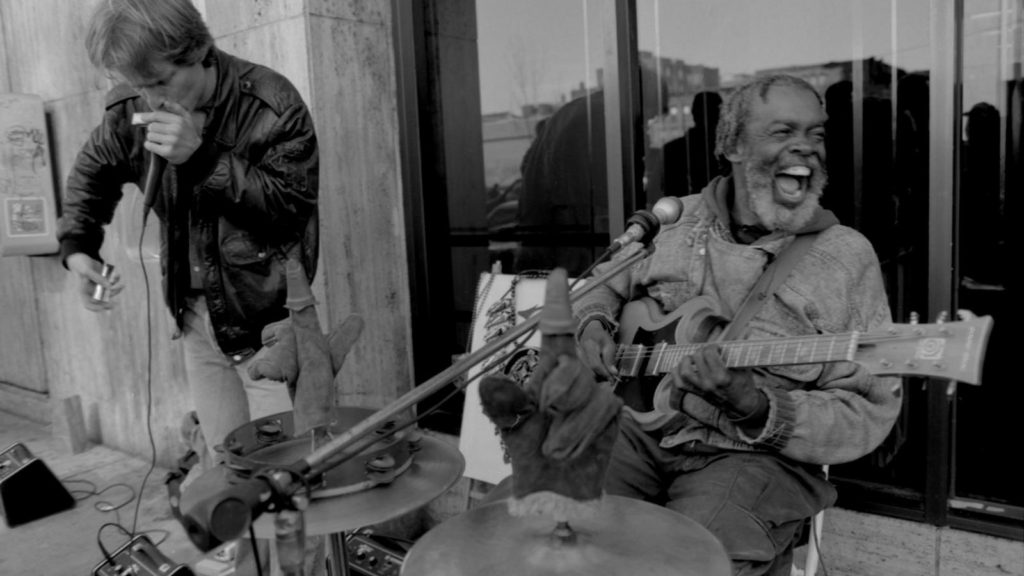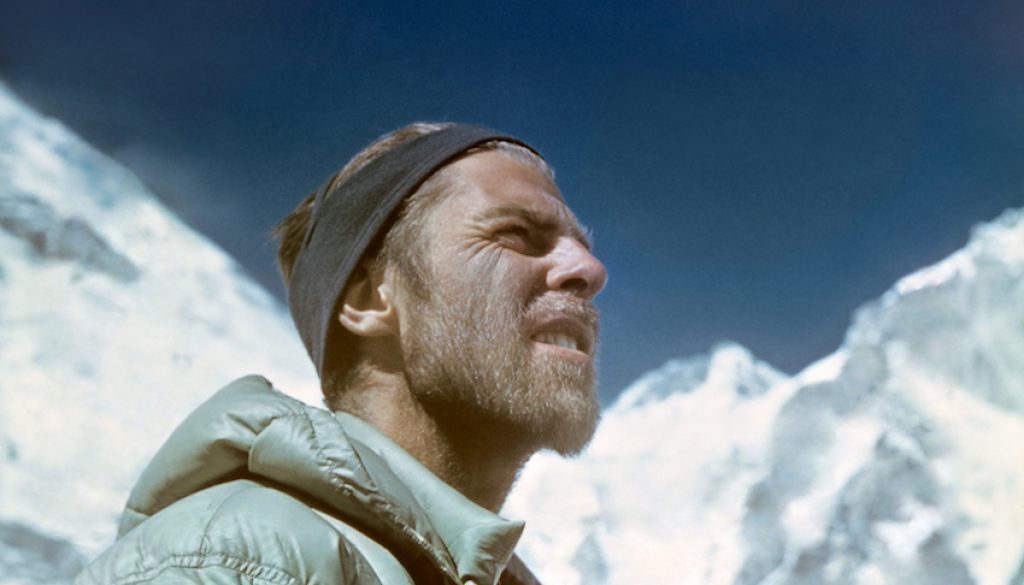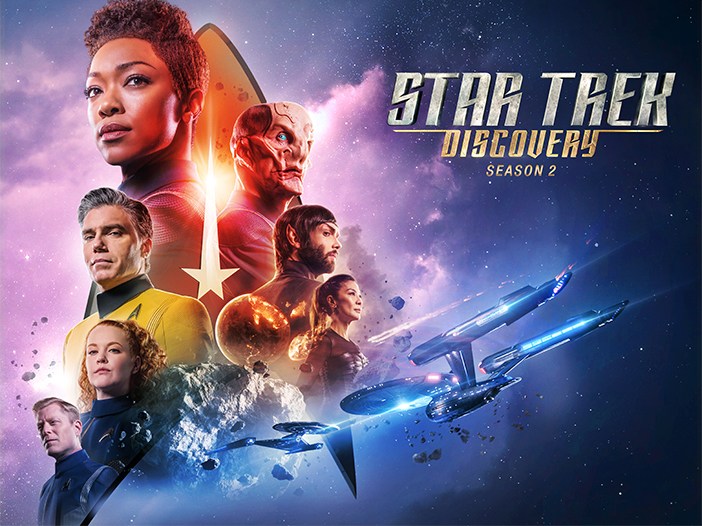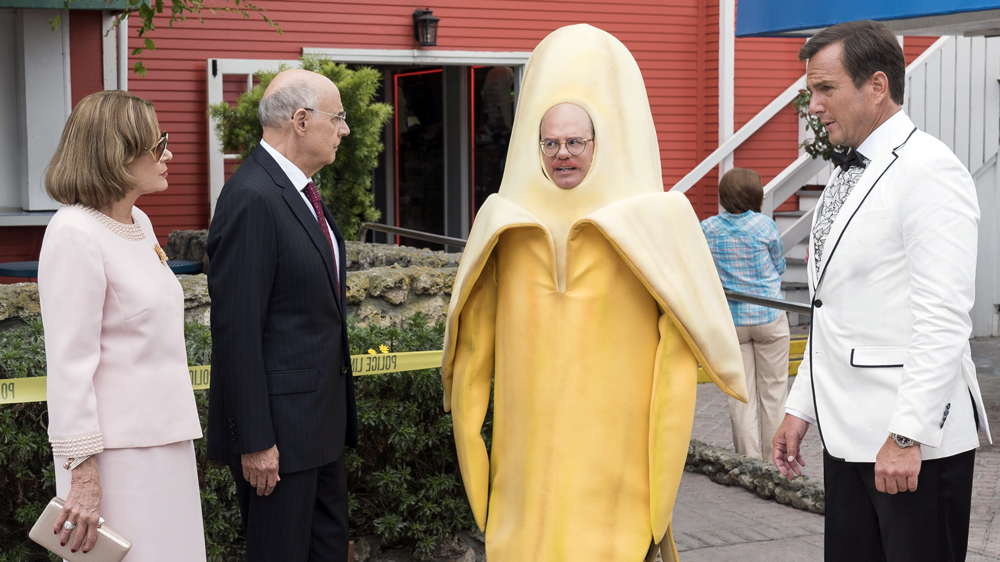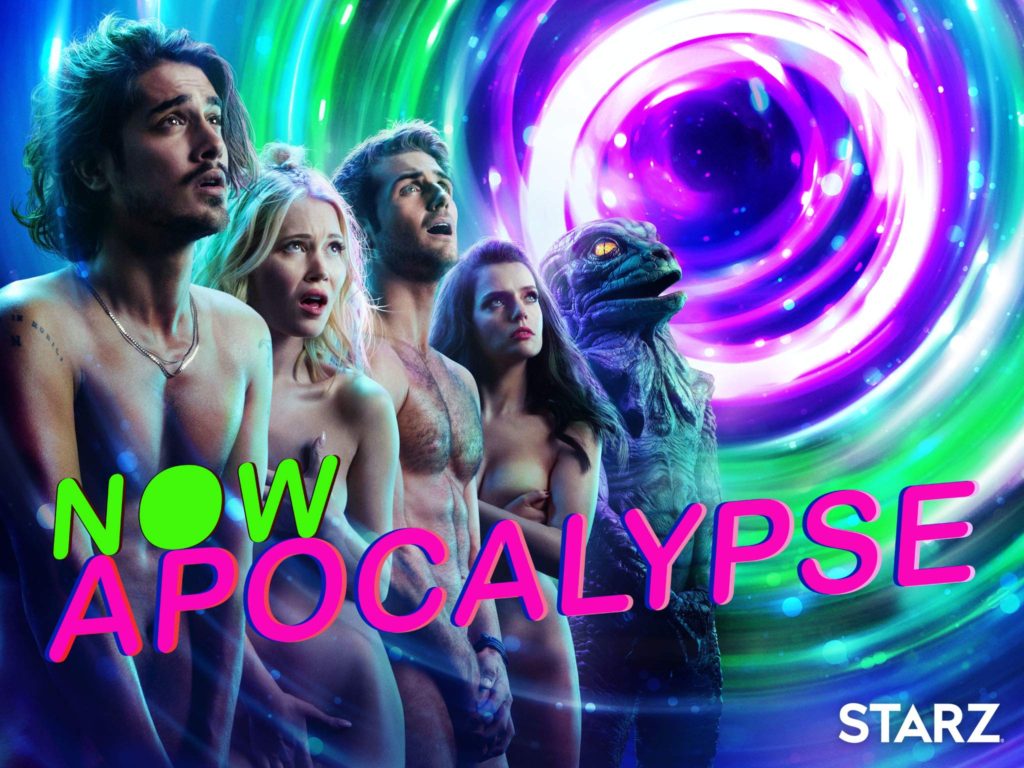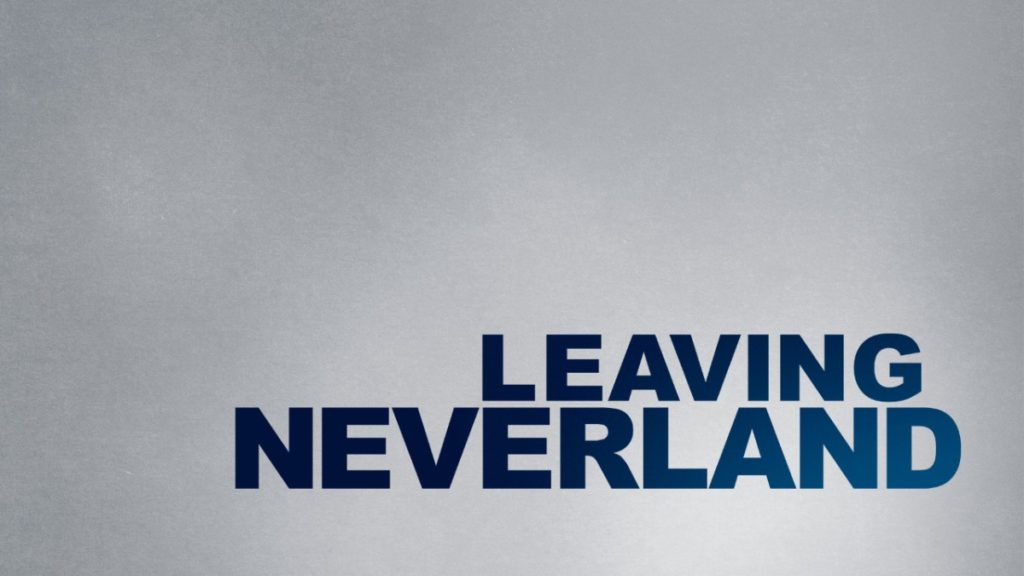Satan & Adam Squanders a Good Story with No Sense of Narrative Direction
Written by Ian Thomas Malone, Posted in Blog, Movie Reviews, Pop Culture
The story of blues duo Satan and Adam is a fascinating one that transcends racial and generational barriers. The pairing of a young white kid playing harmonica on the streets of Harlem alongside a black guitarist who was once signed to Ray Charles’ Tangerine Records produced a unique sound that brought them plenty of success, including numerous festival appearances and a European tour opening for Bo Diddley. Unfortunately, the documentary tasked with presenting their story never seems confident as to how to tell it.
As a film, Satan & Adam is all over the place. The documentary starts off by setting the scene of racial tension in New York City in the 1980s, featuring interviews with Al Sharpton. Presented alongside the introductions of Adam Gussow and Sterling “Mr. Satan” Magee, the narrative appears to assign some broader societal purpose behind their pairing, except the film abandons that subject early on. The mentioning of racial tension appears to essentially exist in the film to make the case that it was hard for a person like Adam to perform on the streets of a predominantly black neighborhood. It’s a weird point to bring up with regard to an Ivy League-educated individual, and one that falls flat in its efforts to garner sympathy for Adam’s outsider status.
The documentary struggles in its duel presentation of Mr. Satan and Adam’s lives. Gussow is interviewed extensively throughout the film, but Mr. Satan’s legend is largely established through third-person accounts. Mr. Satan had played for decades alongside James Brown, King Curtis, and Big Maybelle, which makes Adam sound fairly boisterous in several scenes where he equates their playing abilities. The absence of interviews from Mr. Satan creates the illusion that he’s deceased throughout much of the film’s first half.
Satan & Adam struggles to establish Adam’s likability, positioning him as the singular force behind the commercialization of their music. Adam published an article in Harper’s Magazine in 1998, and he admits that he begrudgingly shared half the commission for the story at Magee’s request. Gussow is also depicted as the driving force behind their studio recording, but the impact of this on Mr. Satan’s life is left unclear, a puzzling decision since the documentary extensively covers Satan’s mental breakdown and abrupt move to Florida. Adam is nowhere to be found throughout Satan’s recovery, a point that’s only briefly touched upon.
The film lacks a cohesive overarching narrative, only briefly focusing on Satan and Adam’s success as a duo. Their inclusion on U2’s classic Rattle and Hum album is mentioned along with an interview with The Edge, but the segment feels like a minor footnote instead of a high point of their careers. Satan’s life is fascinating, but the documentary suffers when only Adam’s story is presented, especially given how much of the narrative is driven by Adam’s own accounts. Magee’s wife, Miss Macie, is introduced late in the film, presented essentially as a villain disrupting the band. Macie’s antagonistic introduction is paired with a few quick interviews that hint at tension on the road, though the documentary moves on shortly after without really explaining anything. It’s never really made clear what the filmmakers expect anyone to make of these brief snippets of conflict.
Satan & Adam has a good story to tell, but the documentary never establishes a consistent narrative to tie its many pieces together. With a runtime of barely eighty minutes, it’s possible that the documentary bit off more than it could chew, tackling two separate lives, their joint musical career, as well as Harlem race relations all in one film. What’s oddly missing is the clear sense that both of their lives were improved by their relationship with each other. Satan would have been a Harlem legend regardless of Adam, while Gussow has enjoyed a career teaching literature at the University of Mississippi in Oxford. The lasting legacy of Satan and Adam is one that the film never quite establishes. For a documentary that took over twenty years to film, Satan & Adam doesn’t know what it wants to say.





